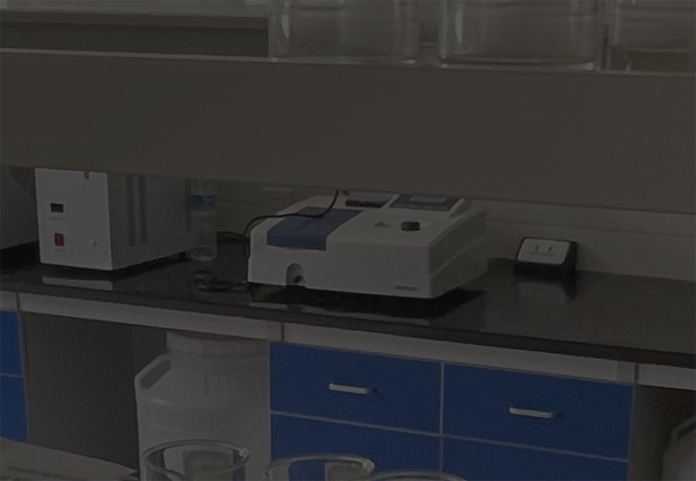
Oct . 30, 2024 22:46 Back to list
hec vs hpmc
HEC vs HPMC A Comparison of Two Popular Hydrocolloids
Hydrocolloids are versatile substances used in various industries, including pharmaceuticals, food, and cosmetics. Two of the most widely utilized hydrocolloids are Hydroxyethyl Cellulose (HEC) and Hydroxypropyl Methylcellulose (HPMC). While both HEC and HPMC serve as thickening agents and stabilizers, they exhibit distinctive properties and applications that cater to different needs.
Chemical Structure and Properties
HEC is derived from cellulose, a natural polymer. It is modified by the reaction of cellulose with ethylene oxide, resulting in a water-soluble polymer that forms gels and provides viscosity. HEC is known for its excellent water retention and film-forming properties, which make it ideal for applications requiring moisture retention.
On the other hand, HPMC is a semi-synthetic polymer created from cellulose through the introduction of methylene and propylene groups. This modification grants HPMC higher thermal stability compared to HEC. HPMC is also more versatile in terms of solubility, as it can dissolve in both cold and hot water, making it suitable for a broader range of applications.
Applications in Pharmaceuticals
In the pharmaceutical sector, both HEC and HPMC find use as excipients in drug formulations. HEC is often used in topical applications and gels due to its ability to create a thickened, stable product that enhances the delivery of active ingredients. Its moisture-retaining properties are particularly beneficial in ointments and creams.
HPMC, conversely, is widely employed as a binder in tablet formulations because of its ability to promote controlled release of active pharmaceutical ingredients. Its gel-forming capacity allows for the creation of sustained-release formulations, which enable drugs to be released gradually in the gastrointestinal tract.
hec vs hpmc

Food Industry Utilization
In the food industry, HEC and HPMC serve critical functions as thickening agents, stabilizers, and emulsifiers. HEC is commonly found in sauces, dressings, and dairy products, where it helps maintain texture and consistency. Its ability to retain moisture also contributes to extending the shelf life of food products.
HPMC, on the other hand, is favored in gluten-free formulations due to its unique binding properties, which mimic the texture of gluten. It aids in maintaining the integrity of baked goods, improving mouthfeel and overall product stability. Additionally, HPMC's versatility allows it to be used in a range of applications from low-fat products to vegan alternatives.
Cosmetic Applications
In the cosmetic industry, both hydrocolloids have significant importance. HEC is frequently used in skin care products and shampoos, where it acts as a thickener and stabilizer, providing a pleasing texture and consistency. Its film-forming ability also contributes to the development of protective coatings for the skin.
HPMC is also found in cosmetics, particularly in formulations requiring a smoother application and enhanced spreadability. Its emulsifying properties support the stability of creams and lotions, ensuring that oil and water components remain mixed and effective.
Conclusion
In summary, while Hydroxyethyl Cellulose (HEC) and Hydroxypropyl Methylcellulose (HPMC) share similarities as hydrocolloids, their unique properties make them suitable for distinct applications across various industries. HEC is favored for moisture retention and gel-forming abilities, making it ideal for topical and food products. In contrast, HPMC excels in versatile applications, particularly in pharmaceuticals and gluten-free food formulations. Understanding the differences between HEC and HPMC is crucial for formulators and manufacturers seeking to optimize their products for performance and consumer acceptance.
-
Versatile Hpmc Uses in Different Industries
NewsJun.19,2025
-
Redispersible Powder's Role in Enhancing Durability of Construction Products
NewsJun.19,2025
-
Hydroxyethyl Cellulose Applications Driving Green Industrial Processes
NewsJun.19,2025
-
Exploring Different Redispersible Polymer Powder
NewsJun.19,2025
-
Choosing the Right Mortar Bonding Agent
NewsJun.19,2025
-
Applications and Significance of China Hpmc in Modern Industries
NewsJun.19,2025







